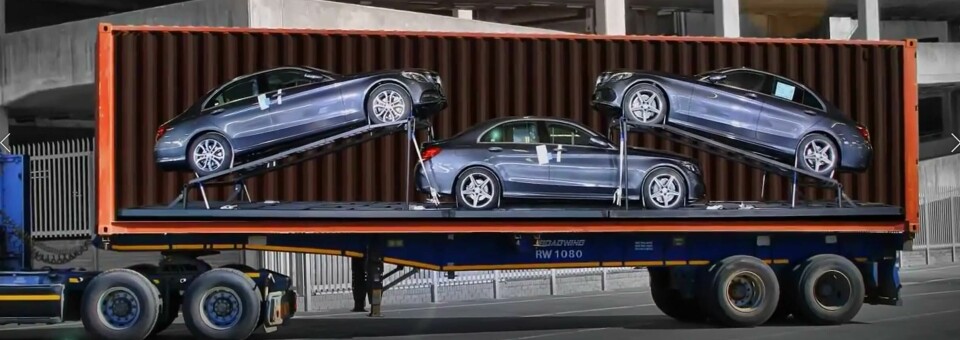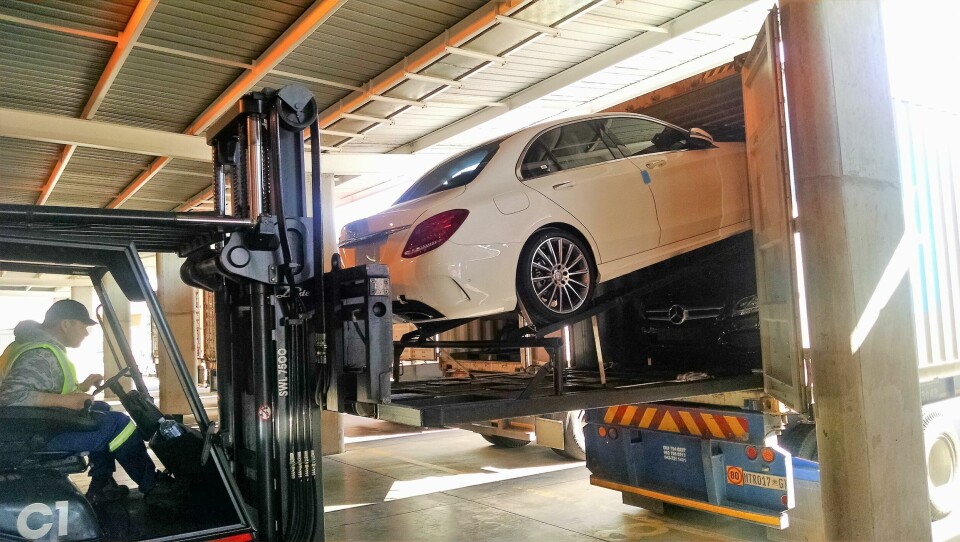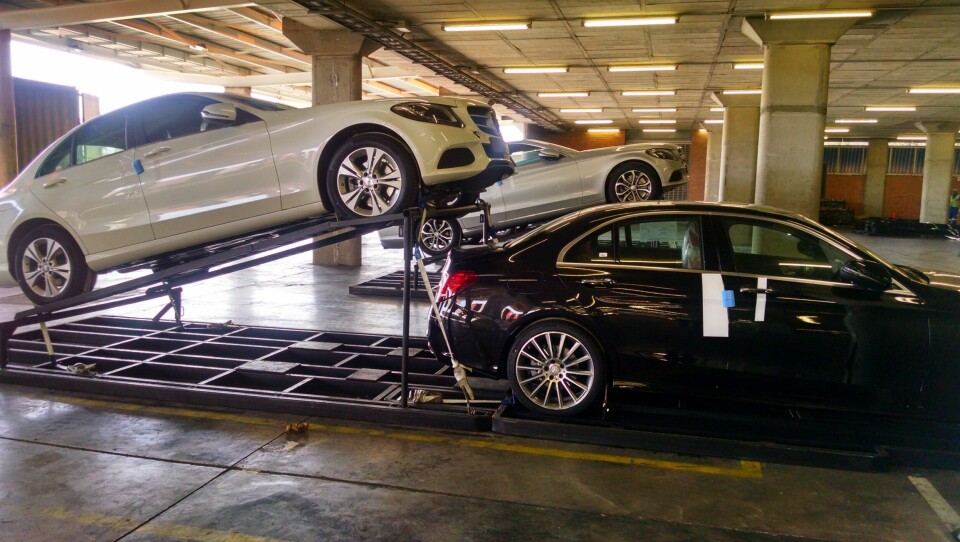Transforming auto shipping: Navigating global challenges with containerisation
Tight ro-ro capacity has led to an increase in the volume of finished vehicles shipped by container but the advantages of doing so suggest a wider adoption which experts in the field say could be here to stay
PARTNER CONTENT
This content was produced by Automotive Logistics in partnership with Kar-Tainer


There are several issues currently affecting global distribution of finished vehicle volumes. Global light vehicle volumes have only just recovered to pre-pandemic levels, from 89m units in 2019 to 90m units in 2023 though that is now expected to level out given it already exceeds demand. However, there are regional differences in volume growth globally.
According to data from industry analyst S&P Global Mobility there are significant regional differences when comparing 2019 volumes with 2023 volumes. They indicate that volumes are down in mature markets such as Europe, North America, and Japan, while volumes are up considerably in India and the leading global automotive market in China.
There is also a current shortage of ro-ro capacity to move vehicles to where they are most in demand due to the disruption in global shipping caused by the Covid pandemic. Finished vehicle logistics providers are placing new orders for ro-ro vessels again but significant deliveries are not scheduled until 2026. A response to this has been an increase in the number of vehicles being shipped in containers.
The recent changes to the shipping industry as a result of a lack of ro-ro capacity and the boom of new container ships entering the market in recent years has turned cars in containers into a very hot topic. Despite this hot market, it seems a lot of OEMs are treating the subject more as a ‘necessary band aid’ rather than a strategic alternative.
Shipping challenges
When a new mode of transport is introduced, hurdles and hoops must be traversed. When doing so it is important to have the right partner at hand. If the container loading process is too complicated the operator spends too long time loading each container and it becomes impossible to ship larger volumes of cars in containers. In large volume projects, throughput needs to match the speed of ro-ro. Attempting to load cars in containers without professional equipment makes this impossible. The Kar-Tainer cassette allows an operator to load six containers with 18 cars every 15 minutes, a throughput which is the envy of the industry.

Moving cars in containers has a reputation of causing more vehicle damage than ro-ro. The Association of European Vehicle Logistics (ECG) conducted a survey that found there was up to ten times as much damage in European vehicle operations stemming from containerisation compared to traditional ro-ro. This is most likely true when cars are loaded using substandard equipment. Kar-Tainer, by contrast, has a proven damage ratio of less than 0.015%, much lower than ro-ro and dramatically below the damage rate reported by the industry.
A frequent cause of damage is the inability to ensure that the vehicles are securely fixed to prevent damage during transit. Without proper attachments, cars can shift during shipment, leading to scratches, dents, or more severe damage. Kar-Tainer’s equipment ensures the vehicle is cradled within the structure of the cassette so if anything moves it is the cassette that gets knocked not the car.
Matching vehicles with the right dimensions to the right transport mode can also be a challenge. The number of cars you can put in a container is subject to the limited dimensions and weight capacity of the container. There is a strong consumer demand for larger vehicles and, as battery electric vehicle production grows, vehicles are also getting heavier. Working with a partner who understands how weight, shape and size of vehicles can work for you when shipping cars in containers instead of against, is crucial. When shipping ro-ro you pay per cubic meter of the vehicle, when shipping in containers you pay per container. Maximising the utilisation rate can thus bring about great economic benefits.
Track record and expertise
The increase of cars shipped in containers has brought many new players to the market with various degrees of success. More and more shippers are realising it is important to have containerisation experts such as Kar-Tainer to support their operations. Working with expert partners and benefiting from the professional equipment they use reveals the many advantages of putting cars in containers.

Professional vehicle container shipping offers advantages such as enhanced security, protection from the elements, and the ability to ship vehicles to remote locations or areas with limited infrastructure. What is more, one of the target markets for growth in containerised cars is multimodal transport, especially for regions where rail providers might lack specialised wagons for moving vehicles. In such examples, containers with cars in them can be moved relatively easily between ships, road and rail. Along with the modal flexibility, reduced handling compared to manual driving, better tracking and monitoring, and improved shipping times all become advantages for shippers.
Kar-Tainer is the longest standing equipment provider in the industry and have been delivering solutions for loading cars in container since the start of the 90s. Through a decades long development path, the singe-unit external loaded cassette system has been developed to allow for efficient and safe loading of cars in containers at volume. More than 1.6 million cars have been shipped on Kar-Tainer equipment over the years, and the company has been a trusted partner of some of the worlds major car-manufacturers, shipping lines, and logistics service providers alike. Kar-Tainer’s leasing business model offers financial relief to vehicle shippers, as the capital required to operate professional equipment for loading cars in containers becomes a cash-flow item as opposed to a big Capex item.
Kar-Tainer’s cassette-based system enables vehicles to be efficiently pre-staged onto the cassettes outside the container, minimising the risk of damage. The cassettes are offered in various models and can typically hold 2-4 vehicles, depending on their size. As the cassettes are not attached to the container, the containers can be used to return other freight. For every 10-15 loaded containers shipped, one container is returned with Kar-Tainer equipment. Kar-Tainer is also providing cassette systems for the shipment of semi-knockdown vehicle shipments and vehicle bodies.





